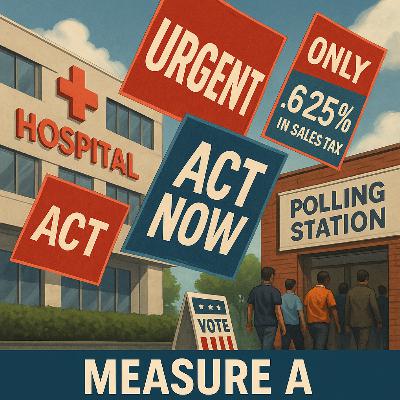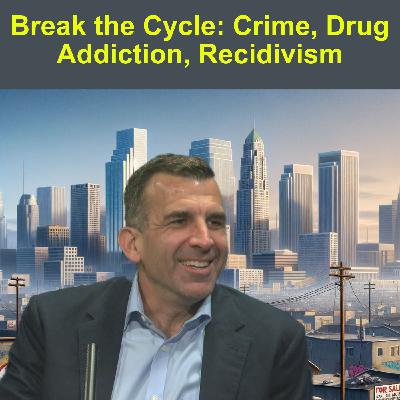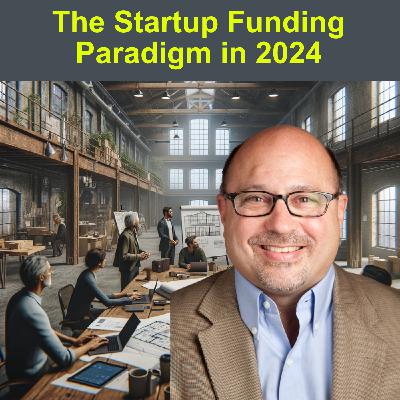Disruption Isn't Random
Description
Disruption isn't random — it follows patterns that can be seen, interpreted, and even anticipated. Yet most companies only recognize those signals after the market has already shifted. The organizations that thrive are the ones that develop the discipline to study weak signals — small but telling changes that reveal how markets or industries are about to evolve. These signals may come from unexpected places: a change in consumer behavior, a breakthrough in technology, or an overlooked data trend that quietly rewrites what's possible.
Aaron Bradley and his team at the University of Cincinnati are helping companies move beyond reaction toward strategic foresight. Through innovative tools and collaborative methods, their program enables teams to explore how single events — or converging forces — can reshape entire industries. Rather than waiting for disruption to arrive, these teams define four primary outcomes, simulate each one, analyze its ripple effects, and identify new pathways for adaptation and growth. It's a shift from managing slow, evolutionary change to anticipating potential disruption.
In this episode, we discuss how companies are tracking the signals of pending disruption to define the future rather than defend the past.
























